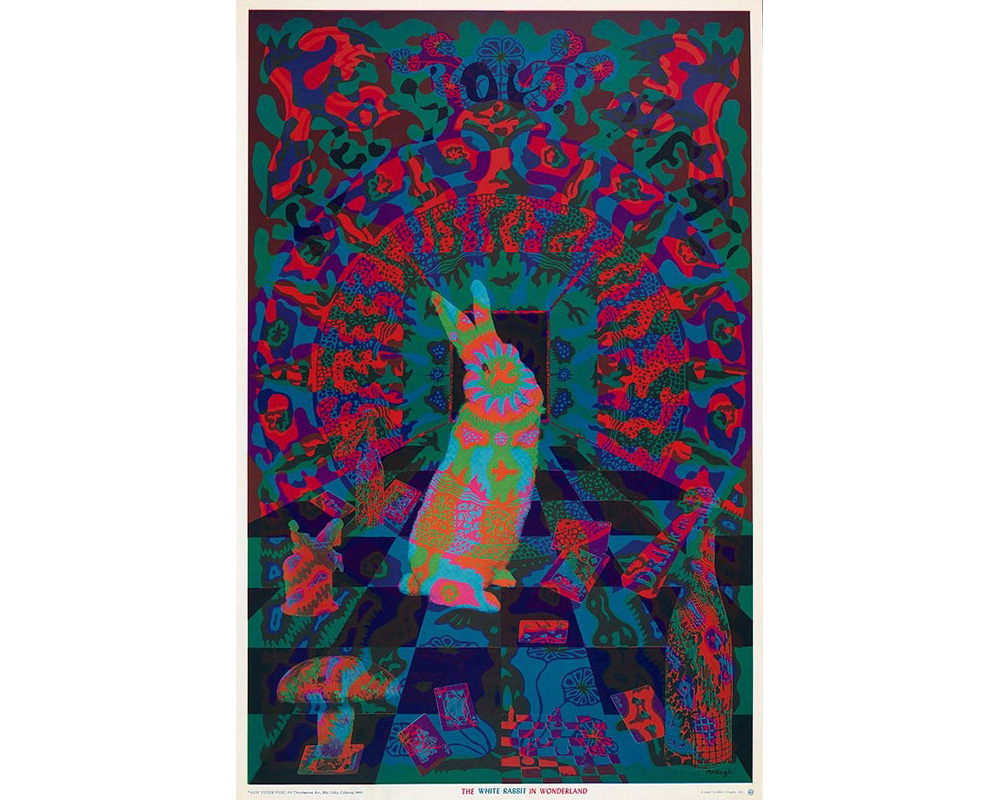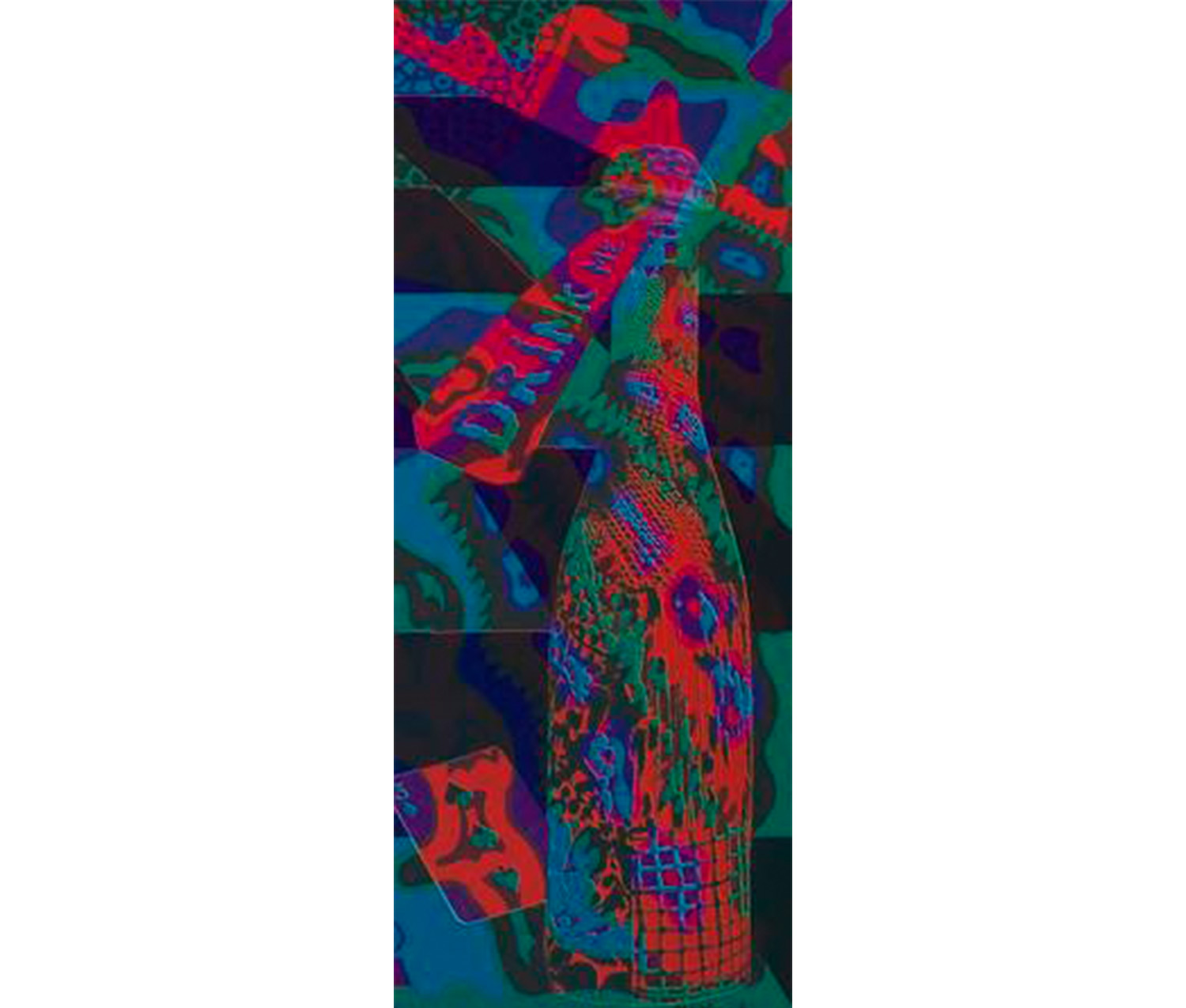
Curiouser and Curiouser
Guest blogger Janna Singer-Baefsky is a Smith College student, class of 2015, with a major in Art History and concentration in Museum Studies. She is a Student Assistant in the Cunningham Center for Prints, Drawings, and Photographs.
The story of Alice in Wonderland began as a tale to pass the time on a long boat ride one lazy summer afternoon in 1862. English author, Charles Lutwidge Dodgson, pen-name Lewis Carroll, recounted the adventure to Oxford University Vice-Chancellor Henry Liddell’s three daughters – one of whom, Alice, insisted he write it down for her. In late November 1864, he handed her the finished copy as an early Christmas present and by 1865 it had been published. The book, an international best-seller among adults and children alike has imagery, symbolism, and quotations that pervade every aspect of popular culture.
Readers of all ages developed theories to explain and understand the nonsensical conversations, whimsical scenery, and Alice’s perpetual dreamlike state. One likens her journey to an acid trip, and no piece of art better captures this idea than Joe McHugh’s psychedelic poster The White Rabbit in Wonderland, on view until September 15, 2013 in Summer of Love: Psychedelic Posters from SCMA. Printed before 1968, during a peak year in the use of mind-expanding narcotics, the poster features contrasting neon colors layered over one another and photographs of iconic Alice in Wonderland imagery. One does not need any drugs to feel the full effect of his hallucinogenic style.

Detail of Joe McHugh's The White Rabbit in Wonderland.
The photographs depict some of the most recognizable imagery from the story – the bottle labeled “DRINK ME,” the mushroom Alice eats to change size, a deck of cards scattered over a checkerboard floor, and a white rabbit. The rabbit (which looks suspiciously like my own…) stands on its hind feet in the center against an open black square suggesting the rabbit hole itself or the door that Alice falls through when she cries a flood of tears. The photographs alone form a collage of familiar iconography and there is little that is psychedelic about them. It is the overlapping neon colors and shapes that begin on the rabbit’s face and spiral out that create the hypnotic scene. The longer you stare, the more details become apparent. At the top, undulating green letters become clear and separate from the squiggly background shapes. The words form KEEP YOUR HEAD, perhaps as a tribute to the Queen of Hearts or the classic song by Jefferson Airplane, and arch over the central scene. The cork of the DRINK ME bottle is actually a mushroom. The turtle-like shape on the far left is a knight, who perhaps escaped from the chess board at the bottom.

Detail of Joe McHugh's The White Rabbit in Wonderland.
At first glance, the poster is overwhelmingly full of colors and images. As the eyes adjust to the brilliant shades of hot pink, lime green, orange, blue, purple, and red a narrative becomes clear. The rabbit is what prompts Alice’s adventure and similarly, his central placement pulls us in. The iconic pictures surrounding him in a circular fashion takes us on a journey throughout Wonderland and eventually spiral back into that endless black square. Like Alice, it is easy to become lost for several hours in a work this detailed and complex. The longer you stare at such an intricately kaleidoscopic piece you could begin to think you’ve gone mad. But, as Lewis Carroll himself once wrote: “I’ll tell you a secret. The best people are.”